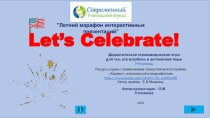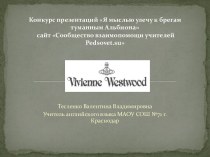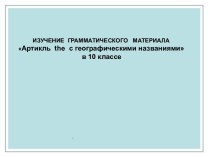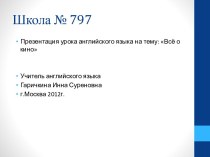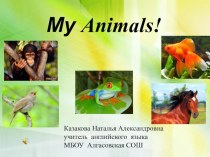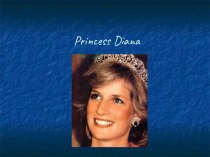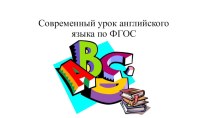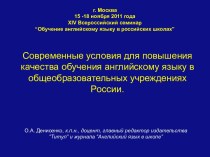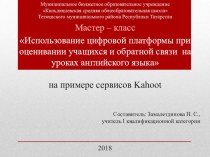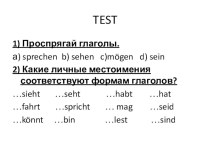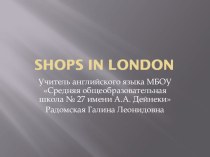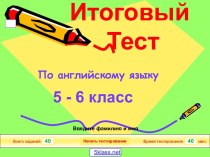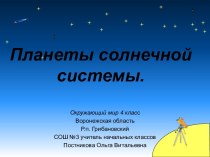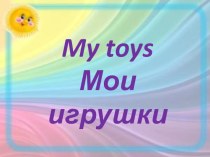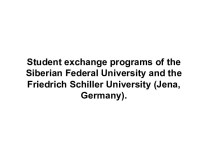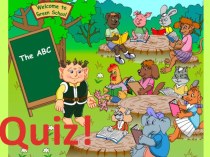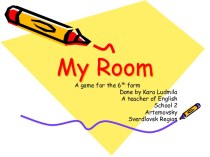- Главная
- Разное
- Бизнес и предпринимательство
- Образование
- Развлечения
- Государство
- Спорт
- Графика
- Культурология
- Еда и кулинария
- Лингвистика
- Религиоведение
- Черчение
- Физкультура
- ИЗО
- Психология
- Социология
- Английский язык
- Астрономия
- Алгебра
- Биология
- География
- Геометрия
- Детские презентации
- Информатика
- История
- Литература
- Маркетинг
- Математика
- Медицина
- Менеджмент
- Музыка
- МХК
- Немецкий язык
- ОБЖ
- Обществознание
- Окружающий мир
- Педагогика
- Русский язык
- Технология
- Физика
- Философия
- Химия
- Шаблоны, картинки для презентаций
- Экология
- Экономика
- Юриспруденция
Что такое findslide.org?
FindSlide.org - это сайт презентаций, докладов, шаблонов в формате PowerPoint.
Обратная связь
Email: Нажмите что бы посмотреть
Презентация на тему Basics of the theory of English
Содержание
- 2. 45 or 34 S Dord ough – 9every 2 hours
- 3. supercalifragilisticexpialidociousPneumonoultramicroscopicsilicovolcanoconiosisA rough-coated, dough-faced, thoughtful ploughman strode through
- 4. THE HISTORY OF THE ENGLISH LANGUAGE LECTURE 1
- 5. Languages are symbol systems, highly susceptible to
- 6. A list of Old English words of
- 8. Linguistics traditionally distinguish three major
- 9. English belongs to Anglo-Frisian sub-group of the
- 11. In 1786, Sir William Jones wrote: “Both
- 12. Old Germanic languages are divided into 3 major branches:
- 14. The Angles, Saxons and Jutes had not
- 15. Скачать презентацию
- 16. Похожие презентации
45 or 34 S Dord ough – 9every 2 hours
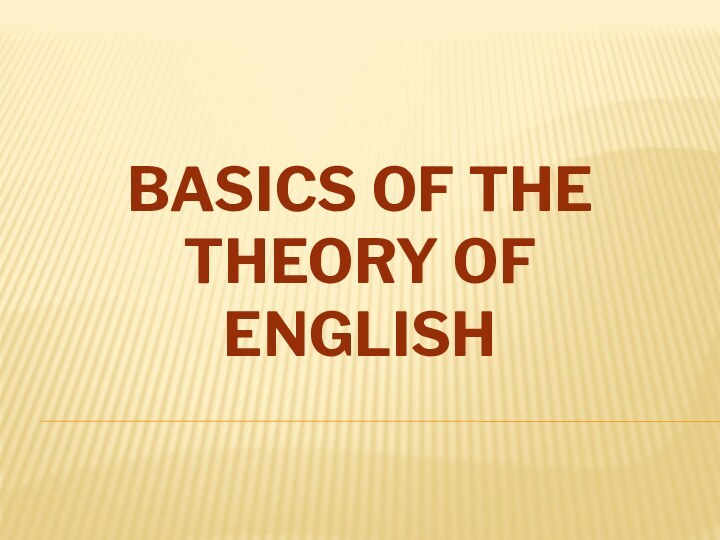
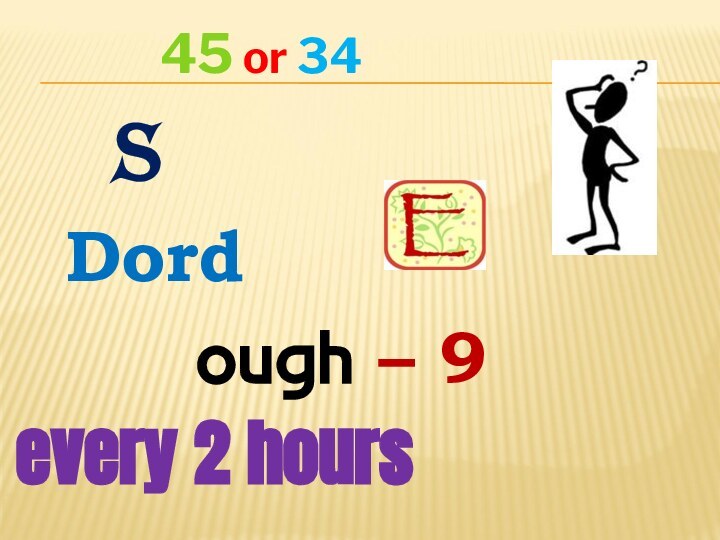


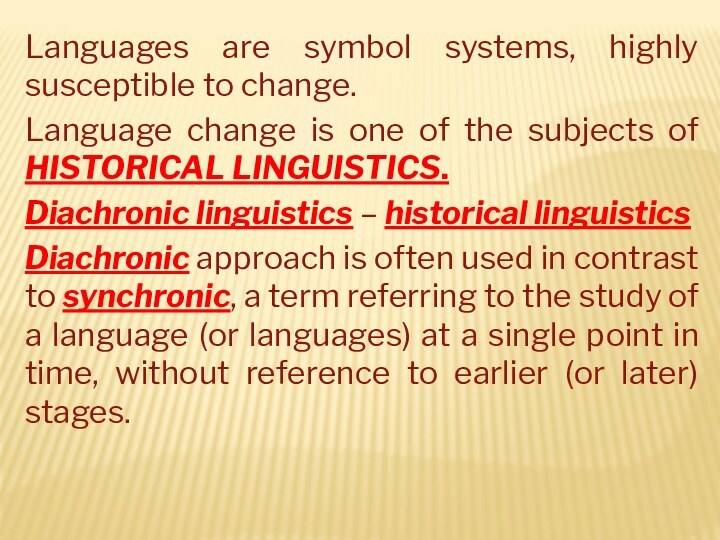
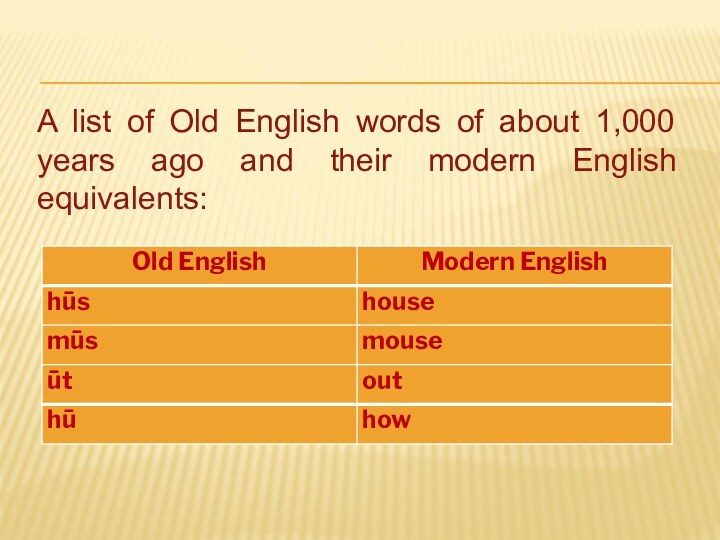
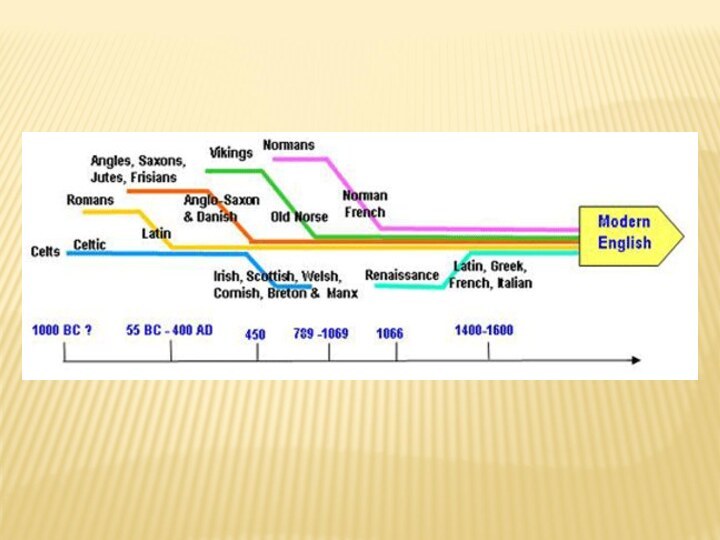

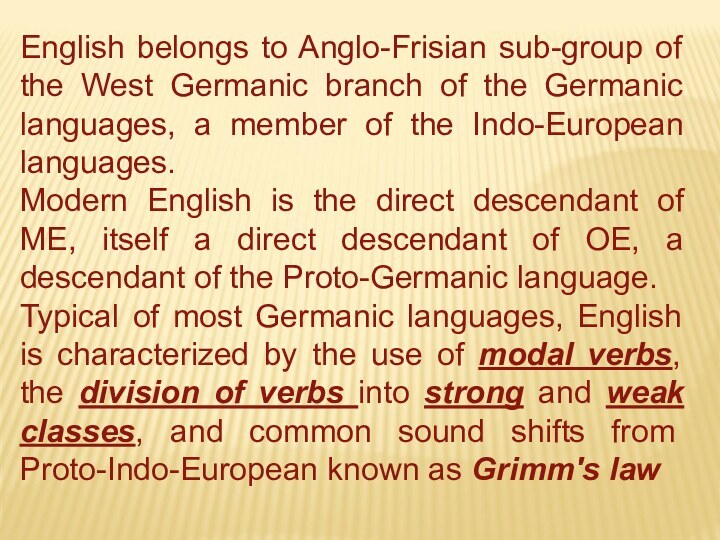


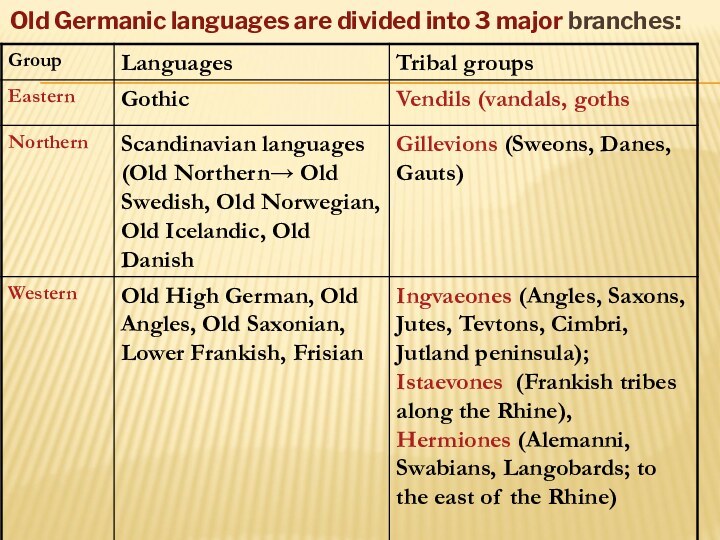



Слайд 3
supercalifragilisticexpialidocious
Pneumonoultramicroscopicsilicovolcanoconiosis
A rough-coated, dough-faced, thoughtful ploughman strode through the
streets of Scarborough; after falling into a slough, he
coughed and hiccoughedСлайд 5 Languages are symbol systems, highly susceptible to change.
Language change is one of the subjects of HISTORICAL
LINGUISTICS.Diachronic linguistics – historical linguistics
Diachronic approach is often used in contrast to synchronic, a term referring to the study of a language (or languages) at a single point in time, without reference to earlier (or later) stages.
Слайд 8 Linguistics traditionally distinguish three major periods
in the English language development:
the Old English (OE) period
(5th to 11th century);the Middle English (ME) period (11th to 15th);
the New English (NE) period (15th century to present).
Слайд 9 English belongs to Anglo-Frisian sub-group of the West
Germanic branch of the Germanic languages, a member of
the Indo-European languages.Modern English is the direct descendant of ME, itself a direct descendant of OE, a descendant of the Proto-Germanic language.
Typical of most Germanic languages, English is characterized by the use of modal verbs, the division of verbs into strong and weak classes, and common sound shifts from Proto-Indo-European known as Grimm's law
Слайд 11 In 1786, Sir William Jones wrote: “Both the
Gothic and the Celtic, though blended with a very
different idiom, have the same origin with Sanskrit.”Sanskrit is certainly one of the older attested members of the family of languages out of which come all the languages of Europe and many in Asia.
Sanskrit was an inflected language which relied on changes at the ends of words (inflections) to indicate grammatical functions in nouns (through case and number) and verbs (through person, tense and mood). Germanic formed a subgroup of the Western Indo-European family — as did Celtic and Hellenic. Germanic further divided itself into three smaller groups: East Germanic, now extinct; North Germanic — the Scandinavian languages, Old Norse in sum; and West Germanic — Dutch, German, Frisian and English, the last two of which were closely connected.


